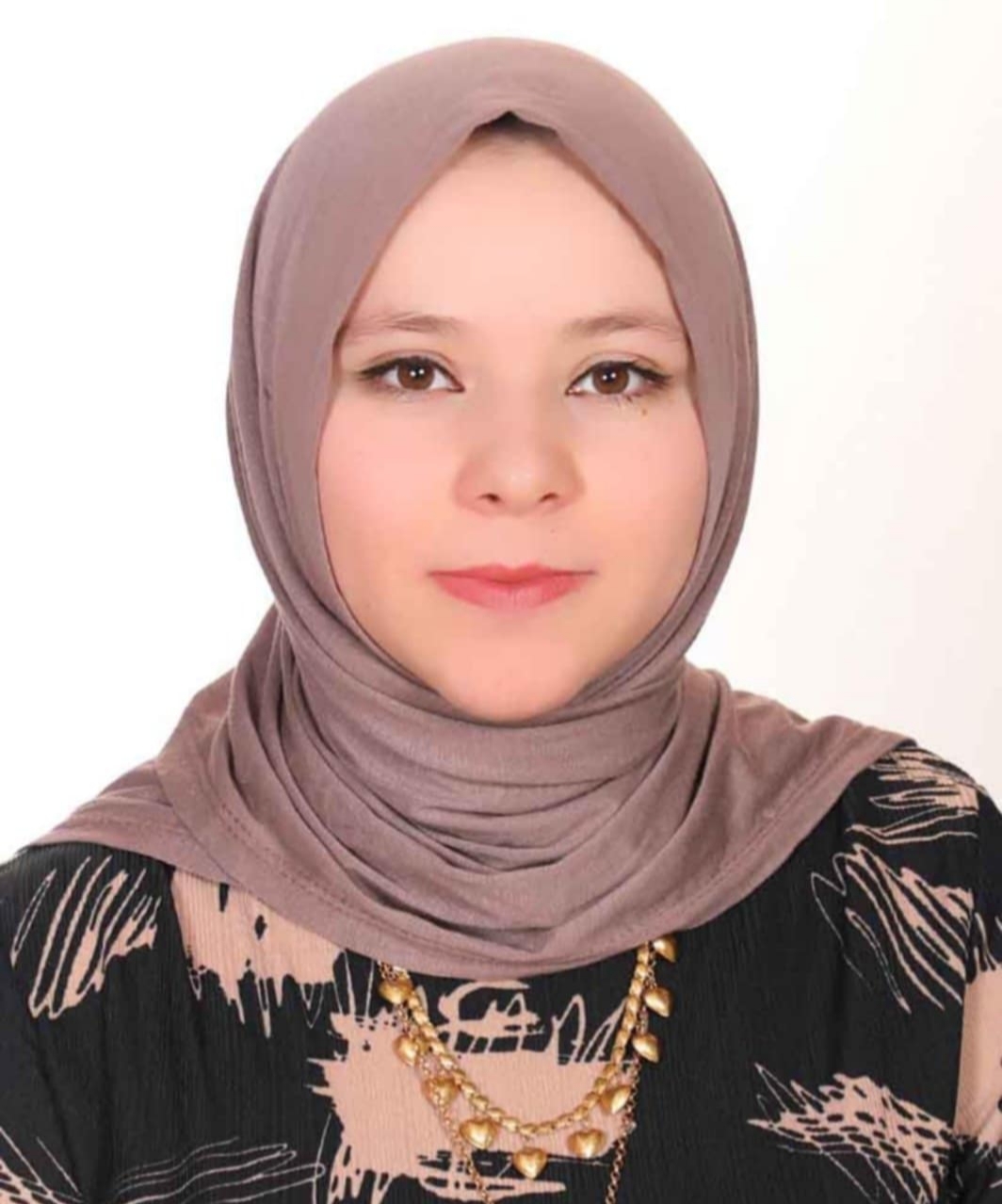
Nazik Jamal Ahmed
Research InterestsNumerical analysis
optimization
linear algebra
ring algebra
and groups
| Gender | FEMALE |
|---|---|
| Place of Work | Technical Engineering College for Computer and AI / Mosul |
| Position | Ninawah |
| Qualification | Master |
| Speciality | Computational mathematics |
| nazik.ahmed@ntu.edu.iq | |
| Phone | 07512412115 |
| Address | Al-Siddiq neighborhood, Ninawah, Mosul, Iraq |
I obtained a Bachelor's degree in Education for Pure Sciences, Mathematics Department, from 2012 to 2019, then completed my Master's degree from 2020 to 2022.
Academic Qualification
Bachelor's degree
Nov 1, 2012 - Jul 1, 2019University of Mosul, Department of Mathematics, Education for Pure Sciences
Master's degree
Nov 1, 2020 - Aug 10, 2022University of Mosul, College of Computer Science and Mathematics, Department of Mathematics
Publications
Numerical Convergence Solutions of the (2+1) Dimensional Fractional Coupled Differential Burger’s Equations Using Sumudu Transform with Adomian Decomposition Method
Nov 22, 2024Journal International Conference on Advanced Engineering
publisher International Conference on Advanced Engineering, Technology and Applications
DOI 10.1007/978-3-031-70924-1_43
Volume pp. 571-581,LNNS,volume 1138
In this article we aim to apply a reliable analytical hybrid method of Sumudu transformation with adomain decomposition method to examine Burger equations with time-coupled fractions in two-dimensional formula that arise in polydispersity precipitation in shallow water waves new approximate solutions are shown where the reliability of this method is given through several examples with the results presented graphically.
Differential transform with finite difference method to solve the coupled Burger’s equation
Jan 15, 2023Journal AIP Conference Proceedings
publisher AIP Conference
DOI https://doi.org/10.1063/5.0162662
Volume Vol. 2834, No. 1
In this study, Burger’s equation performs as a key role clarifying briefly to anticipate the behavior of nonlinear systems utilizing a mixed procedure two extremely effective strategies, Specifically, the finite difference and differential transform approaches. Our goal with this approach is to try to combine the possibilities of the differential transform method with the reliability of finite difference method. The results were compared to the system’s exact solution. We noticed that the outcomes are extremely precise, and the method’s efficacy has been shown.









